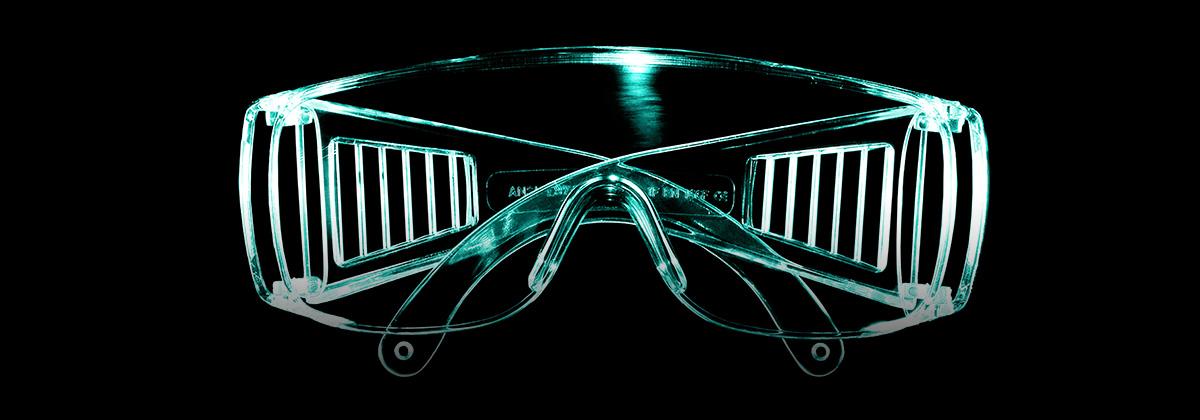In an industry where employees face potential hazards regularly, it’s important for utility companies to provide the right safety equipment. However, it’s possible to do this while still working to an efficient MRO strategy
“When people are harmed by work it leads to pain and suffering for individuals and their families, disruption and damaged reputations for companies and costs to the whole economy that make businesses, and Britain, less competitive.” These were the words of the UK’s former Parliamentary Under-Secretary of State (Department for Work and Pensions, Disabled People), Justin Tomlinson, in the Health and Safety Executive’s (HSE) report ‘Helping Great Britain work well’.
The report acknowledges the issues that British businesses have surrounding workplace safety and looks to provide a strategy to reduce the cost of work injuries to the country. The total costs of self-reported injuries and ill health in the workplace during 2019/20 was £18.8 billion, according to the HSE. Ill health causes the biggest proportion of that cost at around 60% (£11.2 billion), with injury resulting in around 40% of total costs (£7.6 billion).
"A more joined-up approach to MRO purchasing can increase productivity, improve visibility of which items you are likely to need on an ongoing basis, and ultimately deliver cost benefits too" Chris Cruise, Industry Sector Manager, RS
Today, protecting workers remains absolutely vital for every industry. It’s particularly pertinent in the utilities sector as there are few industries with as many potentially hazardous working environments – workers at the UK’s major utilities companies deal with high voltage electricity, hazardous gases, large machinery, and confined spaces, as well as often working at height.
Aside from the emotional toll it takes on an organisation, the serious injury or death of an employee is also costly for both the reputation of a company, and in terms of the potential fines and competition it might face if mistakes were made leading to the accident. As such, utilities firms need to focus on reducing the risk of accidents.
Training and equipment
When it comes to protecting staff, there are two main areas to concentrate on, says Chris Cruise, Industry sector manager at RS. “Firstly, it’s essential to offer employees appropriate training, which all companies should be providing and constantly reviewing to make sure it’s fit for purpose,” he says. “And secondly, you need to look at the equipment people are using on a daily basis.”
Quality safety equipment can range from personal protection equipment (PPE), such as harnesses and boots, to specialised electrical equipment that can be used in the presence of flammable gases - all of which needs to be fully compliant with safety regulations and approved for the work users will be doing.
Efficient MRO processes
In addition to quality, however, it is still important that utilities companies achieve good value for money and look at running an efficient MRO procurement process; Something RS explored in its 2022 Indirect Procurement Report which was co-authored with the Chartered Institute of Procurement & Supply. “Most people involved with procurement are aware that it’s more cost-effective to consolidate suppliers to just a few trusted companies,” says Cruise. “However, when it comes to safety equipment there is often a misconception that you need to go to specialist suppliers outside your normal agreed list, or individual safety purchases are devolved to individuals who purchase from non-approved suppliers.
"The first priority is quality – you want to make sure that the products you buy are from a reputable brand"Chris Cruise, Industry Sector Manager, RS
“This is understandable to an extent, because when it comes to equipment, the first priority is quality – you want to make sure that the products you buy are from reputable brands and meet the specifications and needs set out by the company’s Health and Safety managers,” Cruise adds. “But once you know the product you want, the next areas you should consider are price and delivery - and this is where smaller, more specialist suppliers often fall down.”
This is an area where larger suppliers such as RS can offer a valuable service that meets safety criteria, while also fitting in with a company’s overall MRO strategy. “We have the breadth of stock (which includes the majority of safety equipment, such as ATEX-approved devices) while being able to offer a competitive price and next-day delivery,” says Cruise. “If an engineer has broken a key piece of safety equipment, then they won’t be able to do their job until that has been replaced, so delivery time and stockholding can be crucial.”
For the individuals actually purchasing safety equipment, clarity around the products and a streamlined ordering system are also very important. “Another advantage of a larger supplier such as RS is the depth and breadth of our range, technical support and solutions, says Cruise. "Our website contains all the safety information and documentation for the customer to view before making a purchase, while the purchase itself is as straightforward as making a consumer purchase on a website such as Amazon.”
For more information on RS Safety Solutions please visit here.





